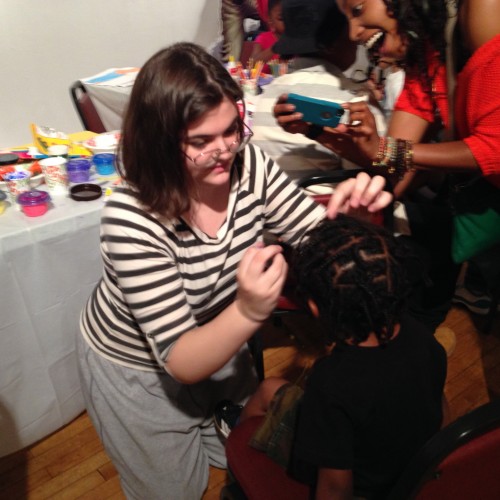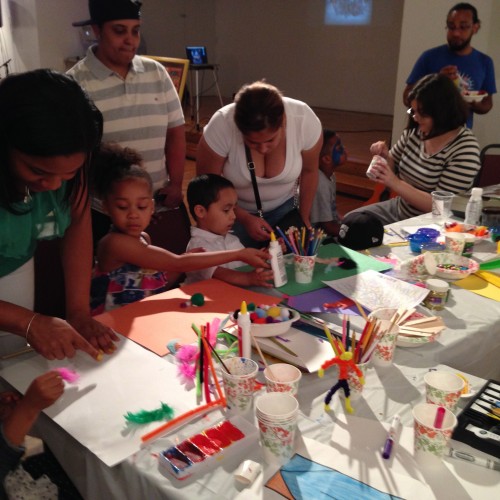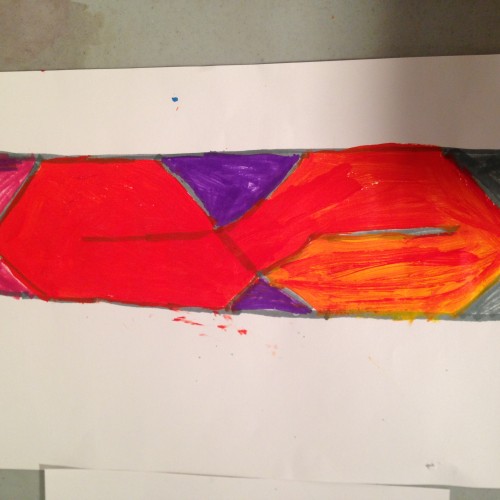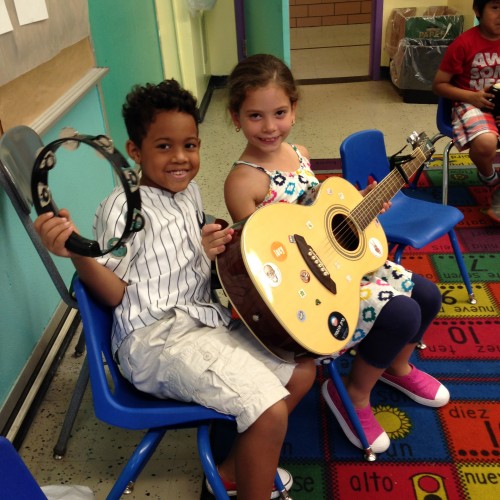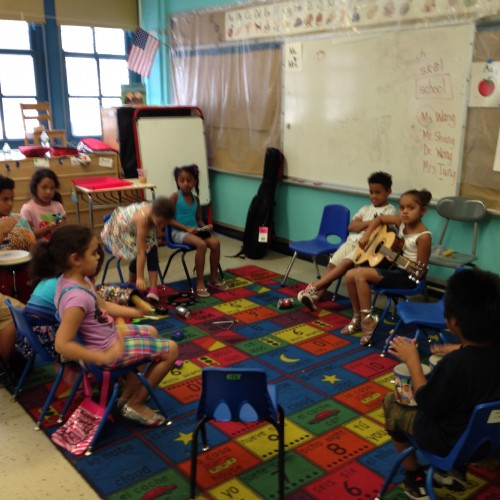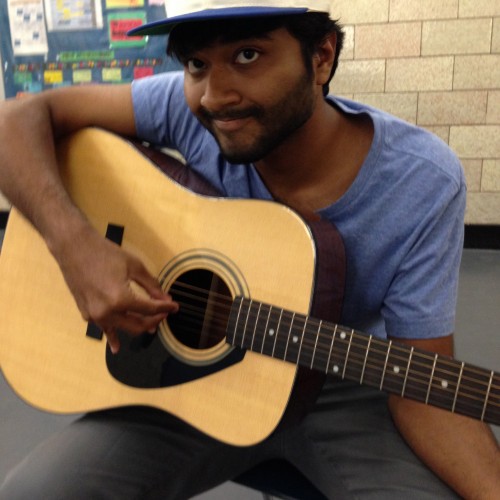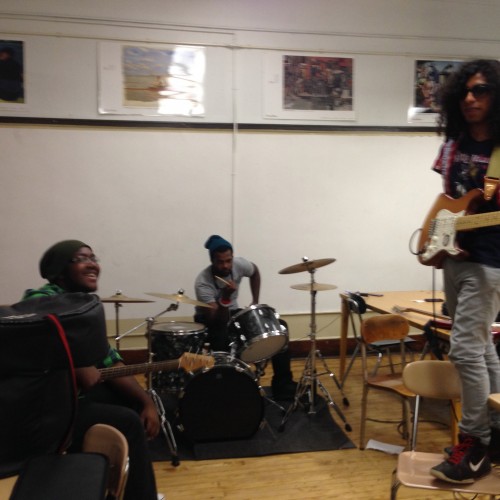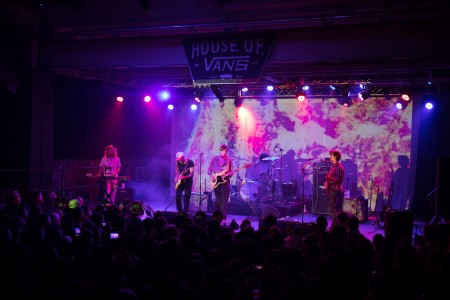AFP Summer Music Jazz and Recording Sessions
Art for Progress’ summer music education program has met two more times since my last post, and a lot of great stuff has been going on. We have been exploring jazz theory, analyzing Etta James’ “At Last”, using the solfeggio system to develop ear training, and have delved into some vocal exercises in order to tune up our voices, and to reinforce the ear training work. Participants have each been asked to select a song to work on, and we’ll be applying the new techniques we’ve developed to singing those songs in the upcoming final session. One student, who is originally from Bangladesh, is even working on a song by his favorite Bengali pop band! In addition to all of this subtler harmony work, there’s been some good ol’ rocking out, as well. The group has expanded its original repertoire of rock songs, and has been honing the arrangements to prepare for our final recording session of the summer. We have recorded versions of four original songs thus far, and as we get closer to the perfect take, we have also been studying the various tools used in the recording and mixing process, and learning how to make the tracks pop out of the speakers.
“At Last”, by Etta James is a timeless classic, which was revisited a few years ago by Beyonce in the movie “Cadillac Records”. While the melody is arresting and unforgettable in its uniqueness, it also contains some very exemplary chord changes, which are great for illustrating the use of ii-V-I progressions and some other essential jazz concepts, like altered dominant chords. Technicalities aside, we have been learning the musical devices used by the masters to describe and evoke emotions in classic songs. To better understand the elements of these musical devices, we have been reviewing the solfeggio system: do re mi fa sol la ti do, and observing how scales and chords are organized. Singing solfeggio requires any musician to be able to reproduce pitches with his or her voice, which requires a greater degree of focus and intention than many other instruments that are fretted or otherwise produce fixed pitches. It’s a great way for musicians to hone their ears, and an essential tool for tuning up one’s voice for singing. Since all of the participants in this summer’s program have expressed an interest in singing, it also provides an excellent segue into that, and I’m looking forward to hearing everyone’s selections.
As I mentioned earlier, the core group of students attending this summer’s program have formed a rock group, and have been developing an original repertoire. The band has been through several singers, but they haven’t found the right match yet. This has been a motivating force, however, and now they all want to learn to sing their own songs. In the meantime, we have been recording ever-evolving versions of the songs they have written, and learning about the equipment and software used in the music production process. We have learned how to use compression and equalization to bring drum sounds to the forefront of the listening field, as well as to thicken and focus bass and guitar sounds to improve the clarity, and live energy of the performance.
During his week’s final AFP summer music session, we’ll be recording some new material, and digging a little deeper into jazz harmony, but I’m mostly looking forward to hearing everyone sing!
Here are some photos and a video from this summer’s art ed activities, enjoy!

